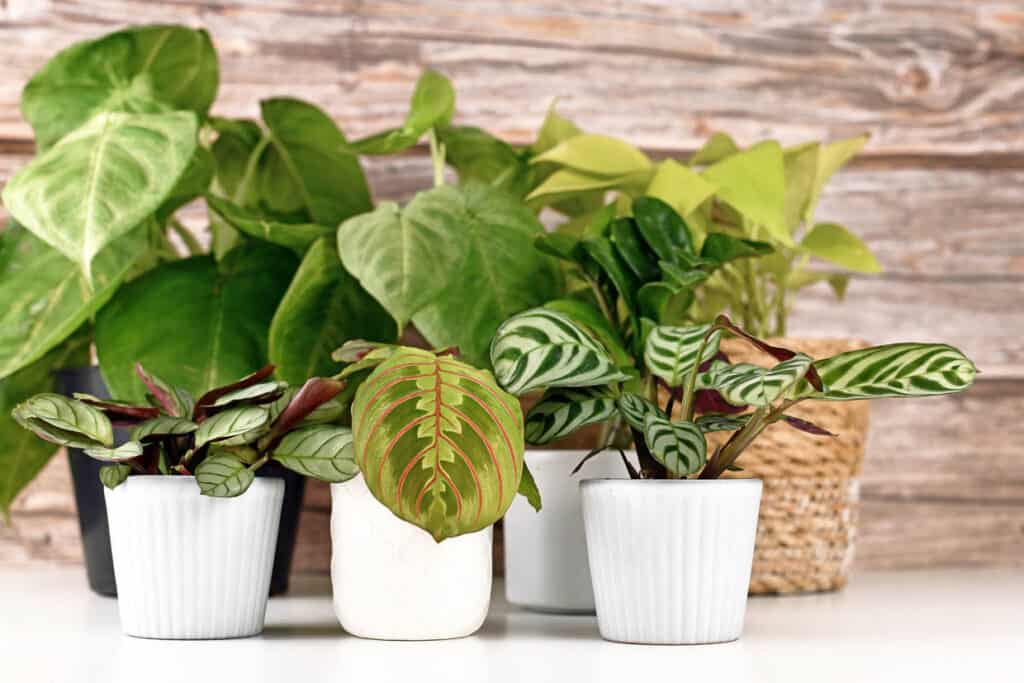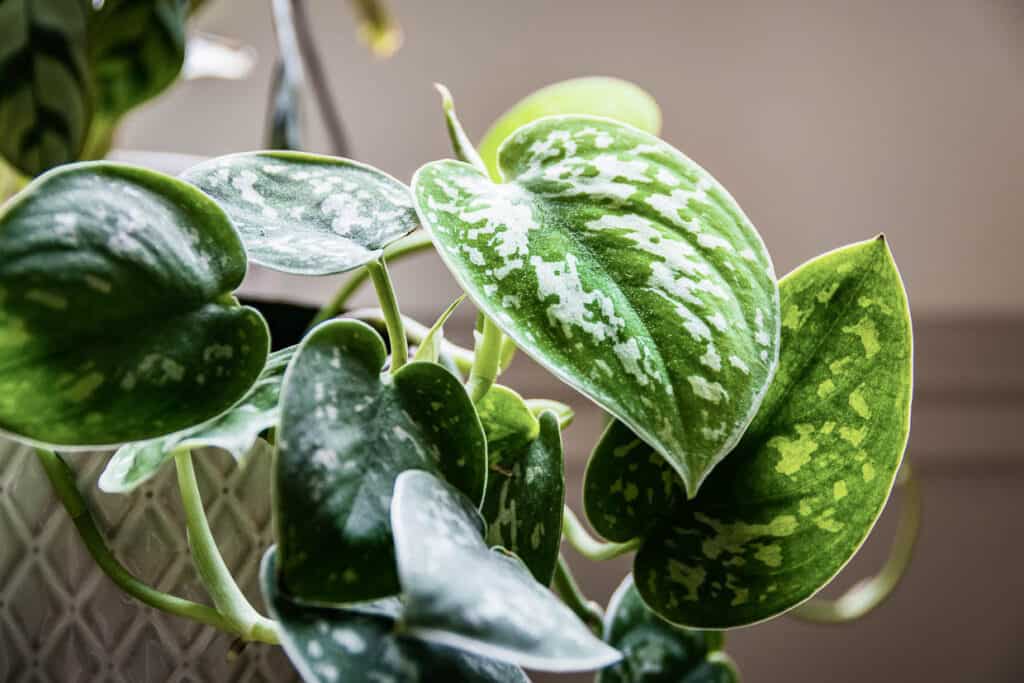Due to the recent surge in the popularity of houseplants, big box stores now offer a convenient and accessible way to purchase a variety of houseplants. However, navigating the aisles filled with greenery can be overwhelming, and it is important to make informed choices to ensure you’re bringing home healthy and thriving plants. Here are some valuable tips for buying houseplants at big box stores.

Do Your research before going to the store
Before heading to the store, take some time to research the types of houseplants you are interested in. Consider the lighting conditions in your home, your level of gardening expertise, and the specific care requirements of the plants you are eyeing. This knowledge will empower you to make well-informed decisions and choose plants that are suitable for your space and lifestyle.
If you have time and get to the store to find a plant you are not familiar with, I suggest Googling the plant and learning about it right there. See how difficult it is and if you are up to the challenge. Look for websites specifically for houseplants or houseplant blogs. You can get some really random information about houseplants on the internet, as is true with just about anything you research.
Keep in mind that if you have pets, know that some houseplants are toxic. Check out this post for indoor plants safe for cats.
Check for signs of health
Inspect the plants for any signs of poor health or pests. Look for lush foliage, vibrant colors, and no obvious signs of damage, discoloration or wilting.
Check both the upper and lower sides of leaves for pests or signs of disease. Avoid plants with yellowing leaves, brown spots, or evidence of insect infestations.
If you see webs or anything crawling or flying around, put it back. Spider mites, gnats and thrips are all common infestations that should be avoided if possible.
Examine the roots
Healthy roots are essential for a thriving houseplant. If possible, gently remove the plant from its pot and examine the roots. They should be white or light tan in color and should not be overly crowded or mushy.
Avoid plants with a strong, foul odor, as this could indicate root rot. If the roots are black, put it back.
Choose compact growth
Opt for plants with compact, well-proportioned growth rather than ones that are tall and leggy. Compact growth suggests that the plant has received proper care and lighting in the store, and it’s more likely to adapt well to its new environment.
If it is sitting in water, put it back
Big box stores have a tendency to overwater their houseplants. If you frequent big box stores, you will eventually see plants just sitting in water. If you push the soil and can see the water pool up, it is best to put it back and possibly just go to a different store.
Houseplants do not need to be watered as often as most non-houseplant enthusiasts realize, and especially if there isn’t proper drainage, that can be death for any houseplant.

Read care labels
Most big box stores attach care labels to their plants. These labels provide valuable information about the plant’s light, water and temperature requirements.
Take the time to read and understand these labels to make sure you’re equipped to provide the right care once you bring the plant home.
Sometimes, however, things are mislabeled. So again, Google the plant and really research what you are considering buying.
Don’t hesitate to ask questions
If you have questions about a specific plant’s care or suitability for your home, don’t hesitate to ask store staff for assistance. They can offer valuable insights and recommendations based on their knowledge and experience.
Sometimes, houseplants are provided by another company and the big box store employees do not know about them. Again, Google is your friend. Better yet, call a plant-loving friend for advice, if they aren’t already shopping with you.
Quarantine new plants
When bringing home a new plant from a big box store, it’s a good idea to quarantine it for a few weeks before introducing it to your existing plant collection. This helps prevent the spread of pests or diseases that may not be immediately visible.
Repot if necessary
Plants from big box stores are often kept in standard nursery pots with basic potting mix. Consider repotting your new plant into a slightly larger container with well-draining, high-quality potting soil. This promotes healthy root growth and provides your plant with the best possible start.
Do not feel that you must repot the instant you get home, however. Unless the roots are crowded or the soil is compacted, a plant will do just fine in the pot it is in for a few months, at least.
“I’m a plant person and I have had success buying plants from the big box stores as well as plant stores. The best thing to do is actually pull the plant out of the pot and inspect the dirt and the roots. Is it moist, is it pot bound, and does it look healthy? I make sure to replant my plant as soon as I get home in the right size pot with good soil, and I end up with healthy plants.”
— Jere’ Cassidy, One Hot Oven
Visit the gardening section, too
The best thing about big box stores is that they usually have a great houseplant section as well as a gardening section. Especially in the spring, you can grab a few good-looking houseplants and move to the outdoor area to select some plants for an indoor herb garden or tea garden.
“In the fall, I love buying my mums at Costco. Not only are they oversized plants – much like Costco itself – but the prices can’t be beat. These gigantic planters are the same price as smaller mums you might find at a garden center. Plus, they’re great quality plants that last.”
— Leah Ingram, Real Sophisticated Consumer blog
Frequently asked questions about houseplants
Can you grow houseplants from seed? Many houseplants are grown from propagating or tissue culture, but there are some houseplants that can be grown from seed.
Am I overwatering my houseplants? Overwatering kills houseplants more often than anything else! Definitely read up on how often you should be watering your plants and why drainage matters more than anything else.
In conclusion, shopping for houseplants at big box stores can be a rewarding experience if approached with caution and mindfulness. While these retail giants offer a wide variety of plant species at affordable prices, it’s crucial to consider a few key factors to ensure your new green companions thrive in your home.
By staying attentive and informed while shopping for houseplants at big box stores, you can build a beautiful and thriving indoor garden that not only enhances your living space but also brings you the countless benefits of greenery.
Gena Lazcano is the creator, writer and recipe creator at Ginger Casa. She loves her air fryer and pressure cooker and loves creating new recipes to share. She is also a self-proclaimed houseplant expert and a lover of all things garden-related. She and her husband live with their three sons in East Texas.
This article originally appeared on Ginger Casa.